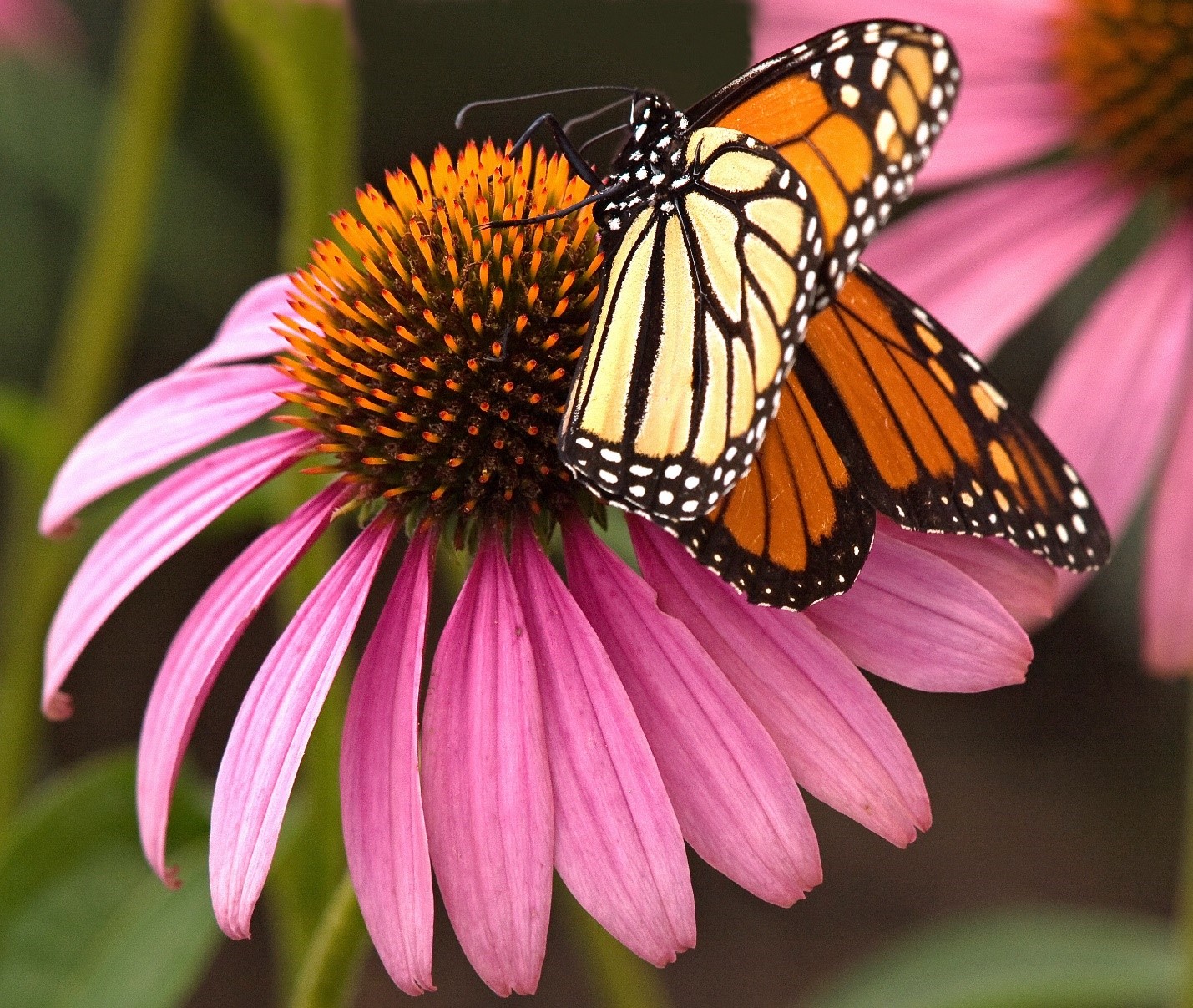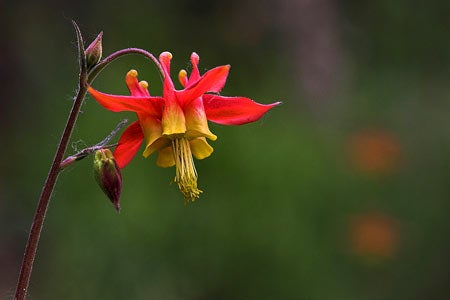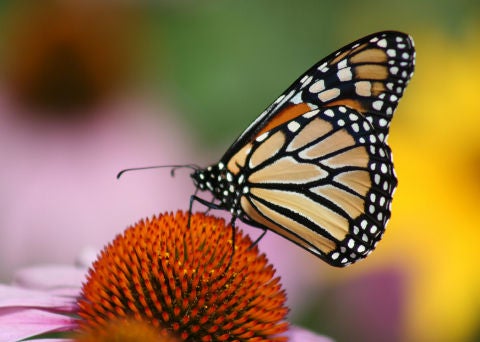Background
Across North America, pollinator populations are declining and loss of meadow wildflower habitat is a primary reason for this decline. Rights-of-way (roadsides, utility corridors, solar farms) offer a unique opportunity for supporting pollinators. Vegetation management on rights-of-way (ROW) can provide conditions similar to native meadow habitat, which is required for the Monarch Butterfly and other pollinators. Techniques to establish sustainable, pollinator-friendly habitats on ROW have been found to be cost-effective over the long term. This type of habitat conversion can also provide positive bottom-line outcomes and contribute to corporate social responsibility targets.
The Canadian Wildlife Federation has developed a program to support rights-of-way managers in restoring habitat for pollinators. Restoring native meadows provides necessary resources for migrating Monarch butterflies and helps store carbon in the ground.
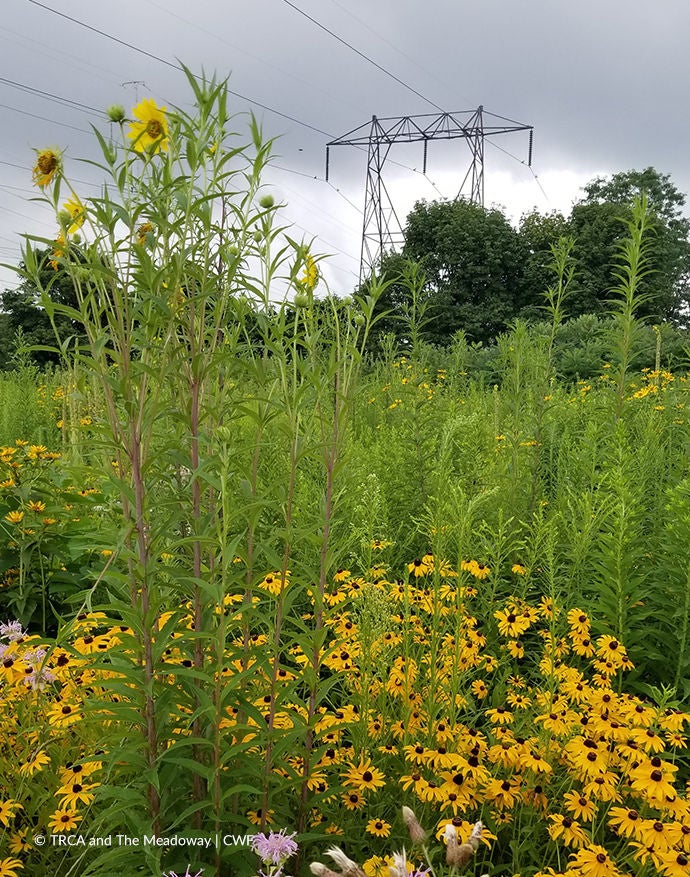
Objectives:
- Grow the Canadian Rights-of-Way as Habitat Working Group network of ROW managers
- Grow and build new regional Community of Practice networks for ROW managers.
- Organize and facilitate online peer-to-peer technical training in habitat restoration (examples: webinars and workshops).
- Organize and facilitate in-person technical training and knowledge sharing opportunities in habitat restoration (examples: roadside tours, field visits and workshops).


Key Achievements
- Established three Community of Practice networks for ROW managers
- Hosted six ROW annual workshops since 2019.
- Hosted three webinars per year in our series for ROW managers.
- 458 ROW managers across Canada and the United States have received training on rights-of-way habitat restoration through the provision of online webinars and workshop sessions.
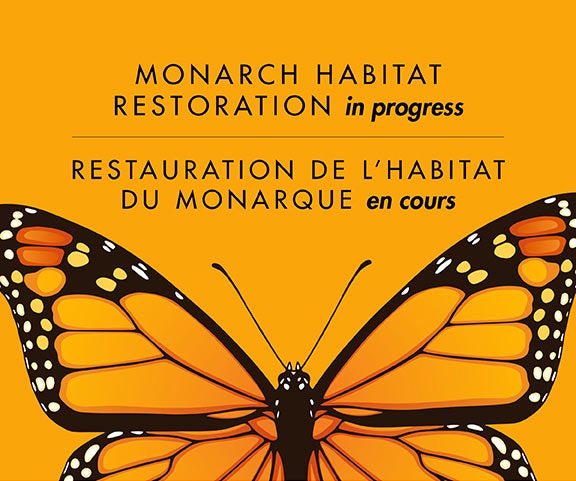
Rights-of-Way Habitat Restoration Network
The Canadian Wildlife Federation is growing a network of ROW managers who are interested in learning and applying new integrated vegetation management techniques to help restore habitat for pollinators. The Canadian Chapter of the Rights-of-Way as Habitat Working Group is open to all ROW managers across Canada. By joining, you will have access to online webinars, our annual ROW workshop and resources! Land managers in Eastern Ontario, Southwestern Ontario, and the Greater Toronto and Hamilton Area are also encouraged to join the applicable regional Community of Practice. These give access to peer-to-peer technical training in habitat restoration through meetings and workshops. By sharing knowledge with one another through these networks, the area of habitat restoration along public and utility transportation corridors will increase!
Take a look at the networks for habitat restoration and fill out the form below to join!
Join the Canada-wide or regional networks
Any group in Canada wanting to learn how to restore ROW may join our networks to receive free training and valuable peer learning experiences.
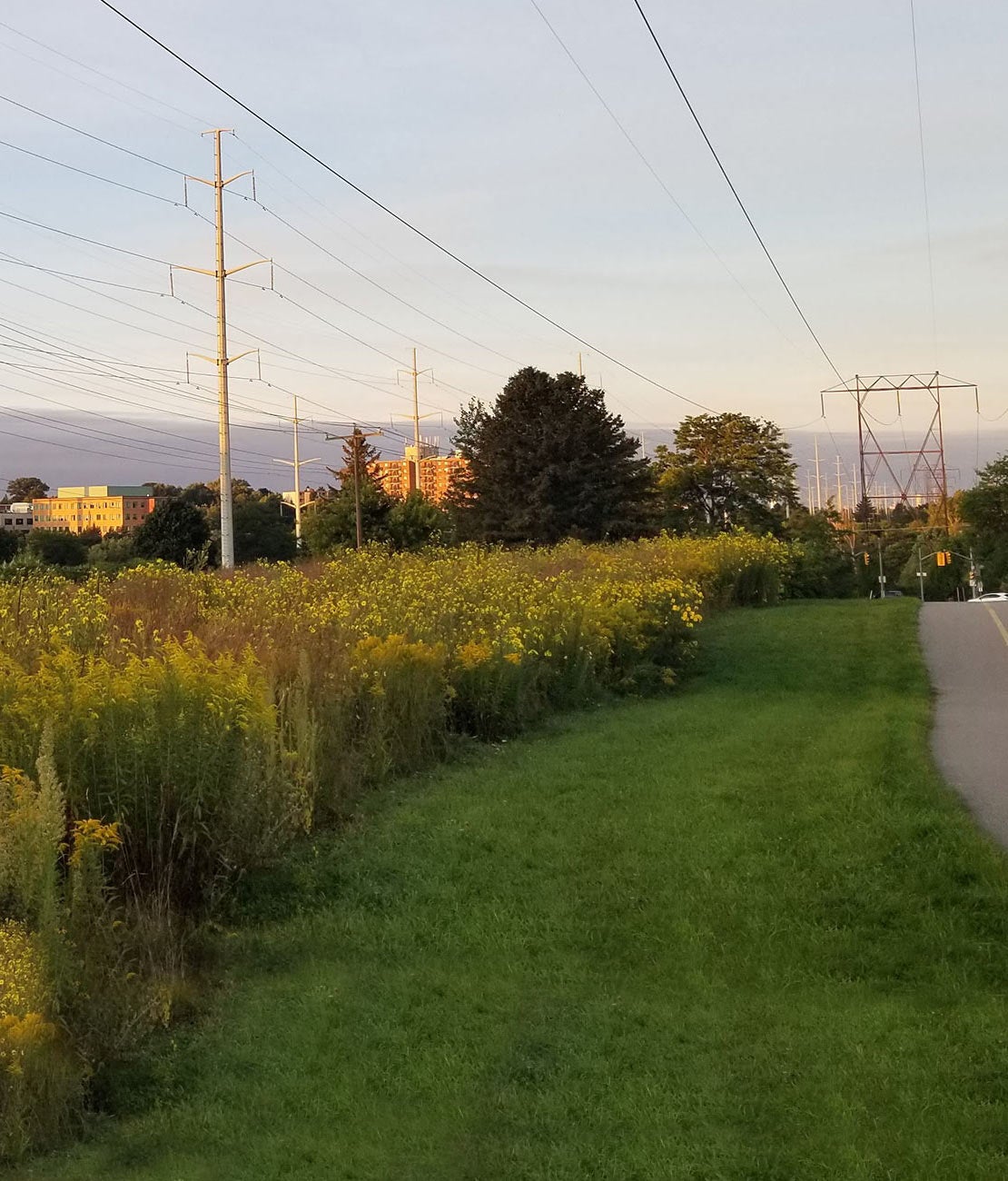
Connect and learn how to do habitat restoration
Rights-of-Way Webinars
The CWF ROW Habitat Restoration program offers a series of webinars on ROW restoration techniques and best practices each winter.
Annual ROW Workshop
This workshop-networking event is an opportunity for ROW managers to learn about best practices, vegetation management techniques and other valuable skills and procedures for managing ROW as habitat alongside their peers. Join the ROWHWG to be one of the first to be notified about the annual workshop!
Connect with Rights-of-Way Managers
To connect with other ROW managers, join the Rights-of-Way as Habitat Working Group on LinkedIn!
Managing Rights-of-Way for Pollinators “A Practical Guide for Managers”
Download this free Southeastern Ontario guide for ROW Managers that provides a detailed introduction to habitat restoration on rights-of-way. This guide provides an overview of what pollinator habitat is along with details on both passive and active restoration and how to adapt your integrated vegetation management plan. It provides a high-level strategy to start restoring pollinator habitat including choosing a site, site preparation, choosing native seeds and seeding and maintaining your meadow.
Papers & Handouts
Program Lead
Carolyn Callaghan
My work focuses on the conservation of species at risk in Canada. I am interested in understanding the factors that put species at risk and then determining how to reduce the impact of these factors to recover populations. My team and I look for compatibility with farming practices and business practices on roadways and rights-of-way with the recovery of species at risk. We study a variety of species currently listed under Canada’s Species at Risk Act, including Western Chorus Frog, Monarch Butterfly, and more recently, grassland bird species such as Bobolink and Eastern Meadowlark.
“If we work together to restore meadow habitat in private and public lands, we can make a difference for the recovery of the Monarch Butterfly.”

Meet The Team
 Carolyn Callaghan, Ph.D,
Carolyn Callaghan, Ph.D,Senior Biologist, Terrestrial
 Michelle McPherson,
Michelle McPherson,Wildlife Biologist
 Tracey Etwell,
Tracey Etwell,Restoration Ecologist
 Victoria Woodhouse,
Victoria Woodhouse,Habitat Program Manager
 Gil Miranda, Ph.D,
Gil Miranda, Ph.D,Entomologist
- 0
- 1
- 2
